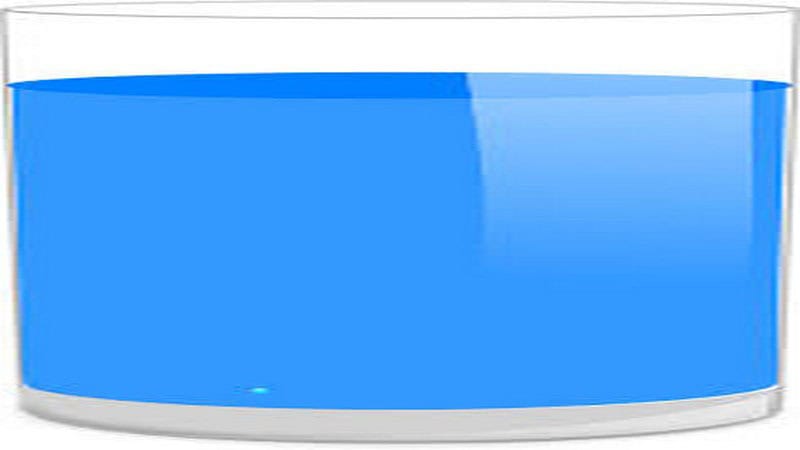Washington: A team of scientists from Uppsala and Dhaka University, has shown that a locally grown and previously unexploited green macro algae species could be used to extract cellulose nanofibers, which can then be formed into paper sheets with tailored pore size that are utilised for point-of-use water treatment.
The study was published in the journal ‘ACS Sustainable Chemistry & Engineering.’
“Pithophora algae have been largely overlooked in the past as a valuable raw material. It is with great satisfaction that we can now document excellent pathogen removal clearance for both water-borne bacteria and viruses with efficiency above 99.999 per cent. It can purify even the smallest virus particles of 27-28 nanometers”, said Albert Mihranyan, Professor of Nanotechnology at Uppsala University, who heads the study.
The paper filter has demonstrated excellent virus and bacteria removal capacity both in the lab and in real-life tests. The scientists believe that with further development, the paper filter produced from Pithophora algae (or “Shewla”), could be an affordable and efficient remedy to prevent numerous potentially deadly water-borne infections.
Bangladesh is a country with a population of over 168 million people, and by 2050, the projected growth rates suggest that the population of Bangladesh may reach the mark of 200-225 million people.
In 2018, about 15 million people lived below the extreme poverty line of USD 1.90 (18 SEK) per day. The hyper-high density of population, poor hygiene, and lack of clean water increase the risk of spreading water-borne infections. The cities of Dhaka and Chittagong are the only cities with extensive piped water and sewage system, but even there the water is available at most a few hours per day and may still be contaminated with infectious pathogens due to leakage in pipelines. With Dhaka population growing over 300,000 persons/year, access to clean water is critical for sustainable life.
To prevent the spread of water-borne infections, affordable point-of-use water treatment strategies that can be effective against all kinds of water-borne pathogens are needed. Boiling, sunlight pasteurization, or chemical disinfection are some of the methods that are currently used for point-of-use water treatment.
An excellent way of treating water to physically remove all kinds of pathogens is the filtration. Thus, new types of affordable point-of-use filters that can remove all kinds of pathogenic bacteria, spores, and viruses are highly in demand.
“Access to clean water will contribute strongly to improved health thus reducing poverty. We are optimistic that through future development of devices the filter paper produced from the locally growing algae will be useful to prevent potentially deadly water-borne diseases and improve the quality of life for millions of people” said Khondkar Siddique-e-Rabbani, Honorary Professor at University of Dhaka and project coordinator in Bangladesh.

